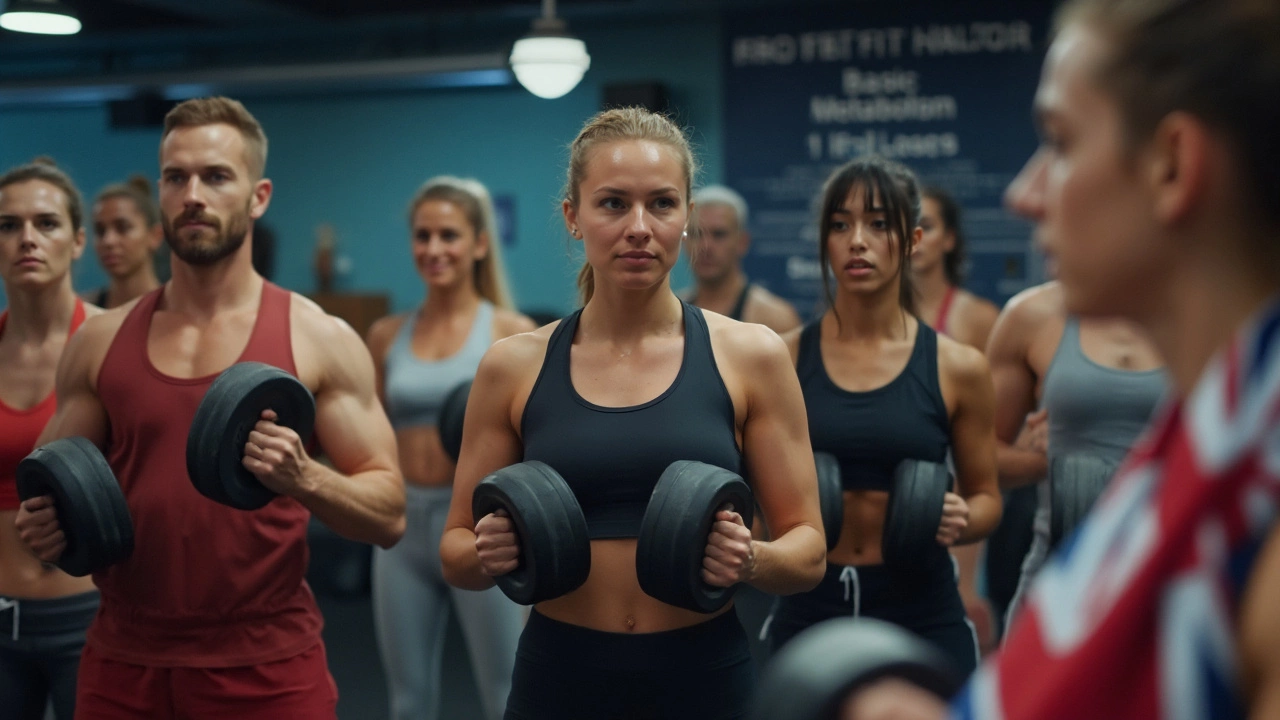Lifting Weights Made Simple: Your Go‑To Guide for Stronger Workouts
Ever stared at a rack of dumbbells and wondered where to start? You’re not alone. Lifting weights can feel intimidating, but with a few clear steps you’ll be adding plates confidently in no time. Below you’ll find the basics you need – from picking the right weight to polishing your form – all written in plain language.
Pick the Right Weight and Build Gradually
First thing’s first: choose a load you can move for the full set without breaking form. A good rule of thumb is the “two‑reps‑in‑the‑tank” test – finish your set and still feel you could do two more reps. If you’re struggling on the last one, drop a step. If it feels easy, add a little more. Starting light isn’t weak; it’s smart. It lets your muscles, tendons, and nervous system adapt without risking injury.
Progress doesn’t have to be dramatic. Adding 2‑5 % more weight each week, or squeezing in an extra rep, will add up over months. Consistency beats occasional heavy lifts every other month.
Master Core Form Before Adding Weight
Proper technique is the real secret sauce. Think of your spine as a highway – you want it straight, not twisted. For most lifts, keep your chest up, shoulders back, and core tight. When you squat, sit back into the hips as if you’re lowering onto a chair. For deadlifts, hinge at the hips, keep the bar close to your shins, and avoid rounding your back.
Use a mirror, record a short video, or ask a trainer to check your posture. Small tweaks – like tucking the chin slightly or widening your stance – can turn a risky lift into a safe, effective one.
Now that you’ve got the basics, here are a few quick routines you can try:
- Full‑body starter: 3 sets of 8‑10 reps – goblet squat, dumbbell press, bent‑over row, and a plank hold.
- Upper‑body focus: 4 sets of 6‑8 reps – bench press, overhead press, pull‑up or lat pull‑down, and triceps dip.
- Lower‑body blast: 5 sets of 5 reps – deadlift, walking lunge, Romanian deadlift, and calf raise.
Keep rest periods to 60‑90 seconds so your heart stays a little elevated, but you still recover enough to keep good form.
Listen to your body. A little soreness after a workout is normal, but sharp pain means you need to stop and reassess. Hydration, proper nutrition, and sleep are just as important as the weights you lift.
Finally, set realistic goals. Want to lift your bodyweight on the bench? Break it down: first master the barbell, then add plates slowly. Want to improve grip strength? Add farmer’s walks or kettlebell holds at the end of your sessions.
Weight training is a journey, not a sprint. By choosing the right load, sharpening your technique, and staying consistent, you’ll see strength gains, better posture, and more confidence in the gym. Ready to load the bar? Grab those dumbbells and start with the plan you just read. Your stronger self is waiting just beyond the next rep.

Does Lifting Weights Burn Belly Fat? The Real Story
Maeve Larkspur Jun 12 0Curious if hitting the weights can help trim belly fat? This article breaks down what really happens when you start strength training. Learn how lifting weights affects fat loss, why spot reduction is a myth, and what actually works for shrinking your waistline. Get straight talk on metabolism, smart routines, and practical nutrition tips. If you're tired of conflicting advice, you'll love this no-nonsense guide.
More Detail